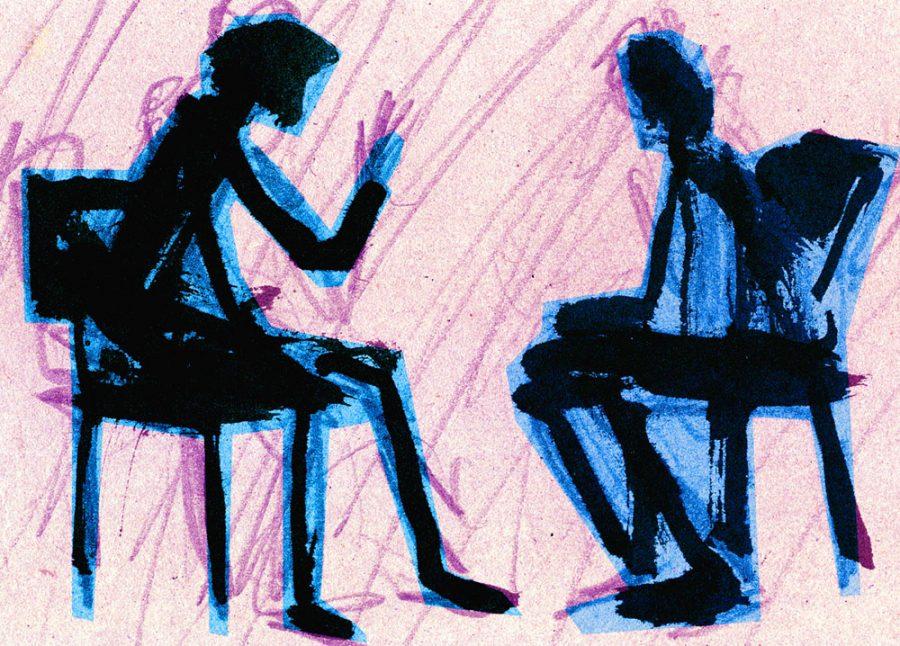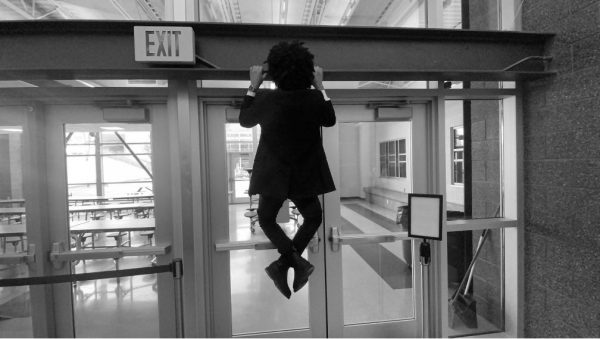Therapy Stigma
Since therapy became a form of treatment for mental instability, there has been a stigma surrounding its clients. Bystanders tend to hold the opinion that anyone that visits a therapist has a mental illness and are prescribed by a higher power to receive therapy.
A century ago, prescribed therapy may have been the only form of therapy, however with a progressing society, receiving therapeutic treatment has become more popular for all people.
Therapy is meant for anyone who is struggling, needing support, or simply would like to talk to a professional in confidence. Being human, everyone goes through moments of despair and weakness. Having a professional opinion and someone to confide in could make these situations significantly easier and make it so you are not alone. However, there is still a negative connotation with therapy.
After conducting interviews with students throughout Park City High School, I found that six out of ten people believe therapy is only used for the mentally unstable. When asked what they thought therapy is used for, four out of ten people said something along the lines of, “Restore things that aren’t they way they should be, like chemical imbalance”
Four out of ten people said therapy can be used for everyone. One student said they thought therapy is use for, “A variety of things, [for example] reliving stress, aiding to emotions, physical trauma, and emotional trauma”. Another student said, “[To] Help people talk and work through their problems with someone who is listening and cares”.
The stigma surrounding therapy is archaic and fallacious. Recieving theraputic treatment is no longer strictly for the mentally ill. It is guarenteed that everyone will go through rocky times in life. Having a professional viewpoint and a listening ear in tough situations can be extremely beneficial. Society needs to continue to progress and understand the actual purpose of therapy.







